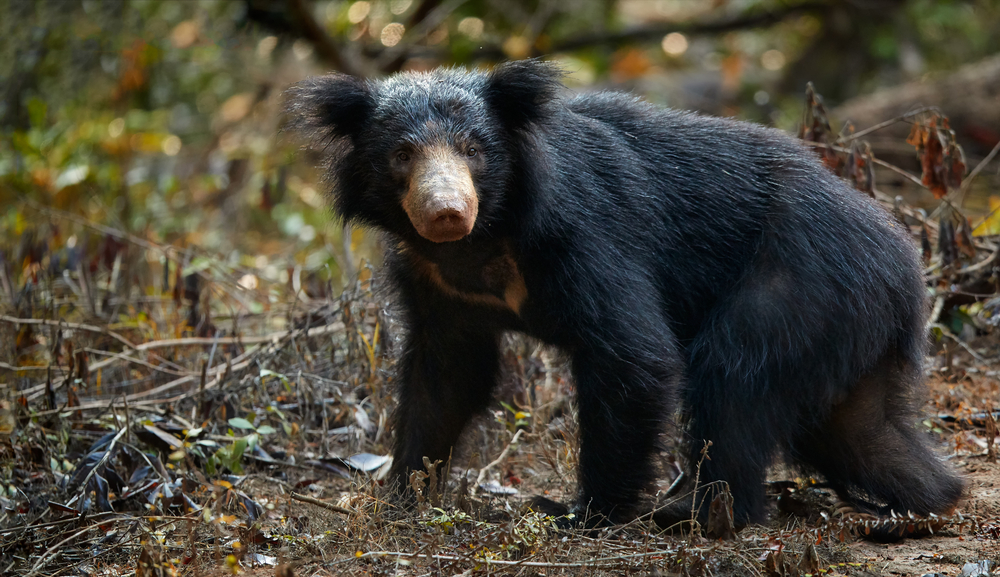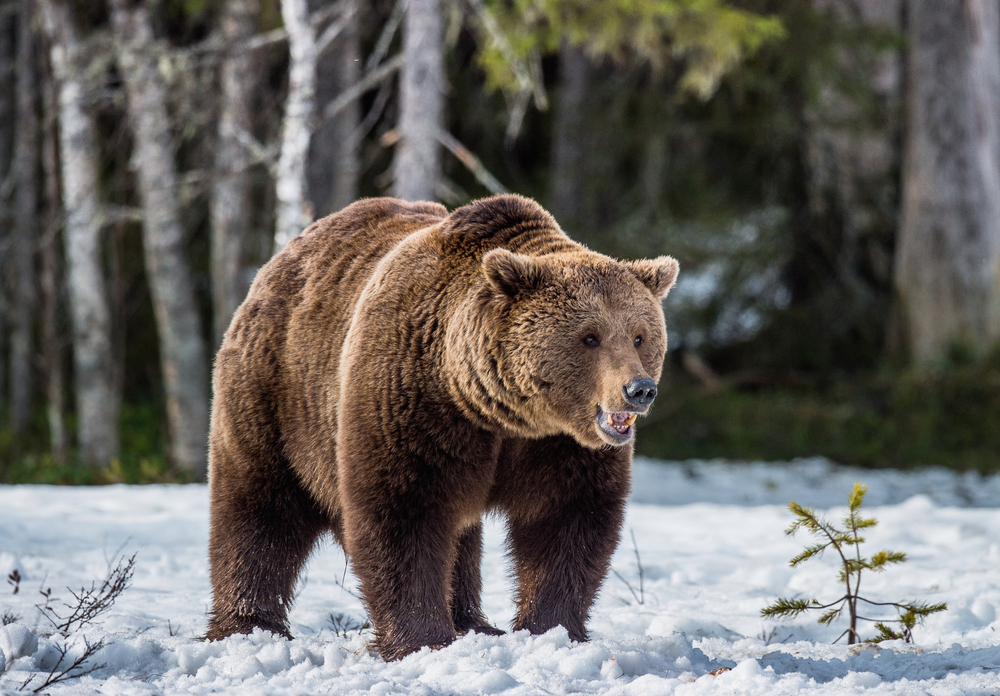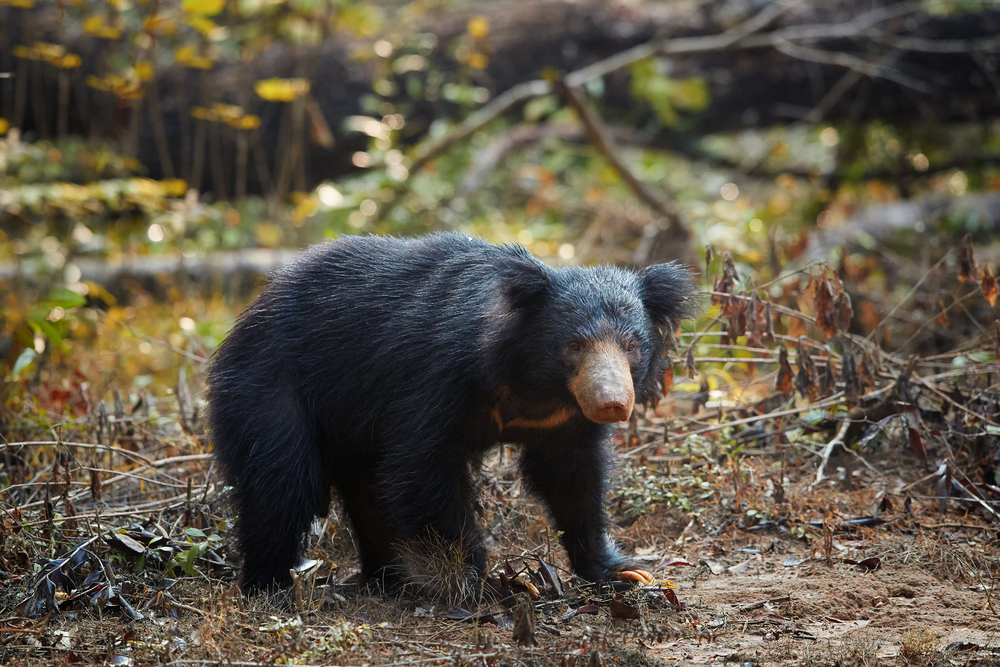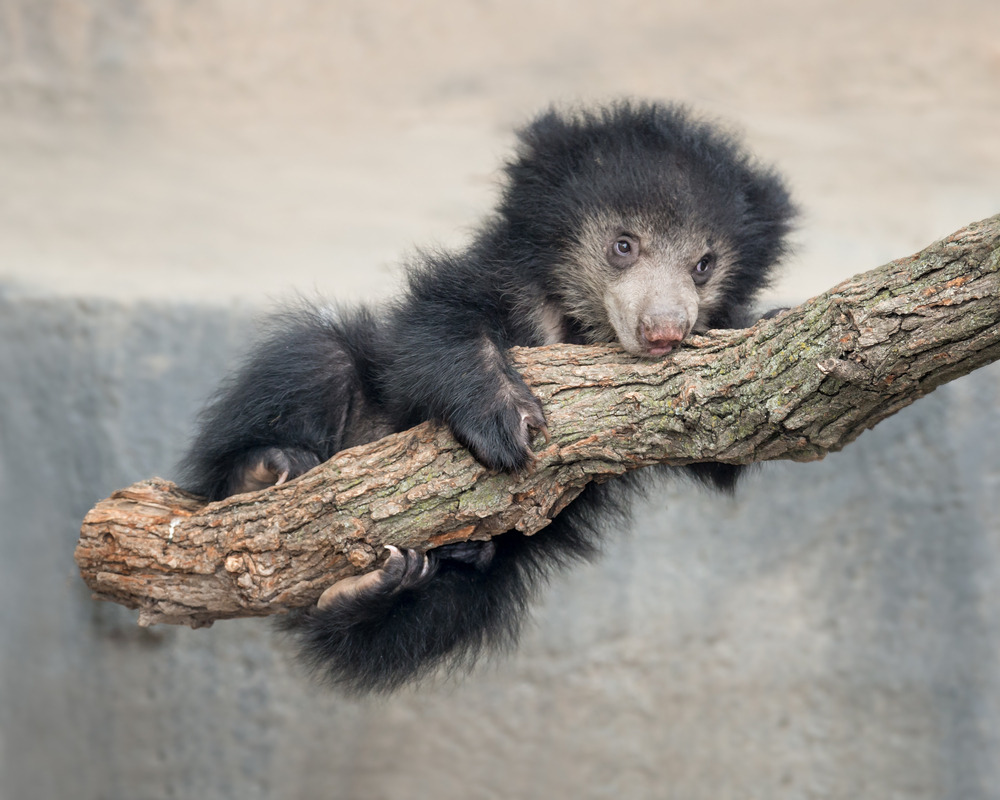The Sloth Bear and the Sloth are significantly different animals, belonging to different taxonomic orders, and they exhibit distinct physical characteristics, behaviors, and habitats:
- Taxonomic Classification:
- The Sloth Bear (Melursus ursinus) is a member of the Ursidae family, which includes bears.
- Sloths belong to the family Bradypodidae (three-toed sloths) and Megalonychidae (two-toed sloths), part of the order Pilosa, which also includes anteaters.
- Physical Characteristics:
- Sloth Bears are robust and covered in long, shaggy fur. They have strong limbs with large claws for digging and climbing.
- Sloths have a stout body, long limbs, and are covered in short fur. They have specialized curved claws for hanging onto tree branches.
- Habitat:
- Sloth Bears are found in the Indian subcontinent, inhabiting forests, grasslands, and areas with rocky outcrops.
- Sloths are native to Central and South America, living in tropical rainforests.
- Diet:
- Sloth Bears are primarily myrmecophagous, feeding on termites and ants, supplemented by fruits and other plant matter.
- Sloths are herbivores, feeding mainly on leaves, fruits, and buds.
- Behavior and Lifestyle:
- Sloth Bears are nocturnal, active during the night, and are known for their ability to climb trees and dig for insects.
- Sloths are known for their extremely slow movement and spend most of their time hanging upside down from tree branches.
- Reproduction:
- Sloth Bear females usually give birth to one or two cubs after a gestation period of about 6 to 7 months.
- Sloths have a gestation period ranging from about 5 to 6 months, typically giving birth to a single offspring.
- Conservation Status:
- Sloth Bears are classified as Vulnerable due to habitat loss and human conflict.
- The conservation status of sloths varies by species, with some being of least concern and others facing threats from habitat loss and the pet trade.
In summary, the Sloth Bear is a bear species primarily adapted to ground dwelling and insectivorous feeding, while sloths are slow-moving arboreal mammals adapted to a herbivorous diet in the rainforest canopy. Their similar names are coincidental and do not imply a close taxonomic relationship.














































































